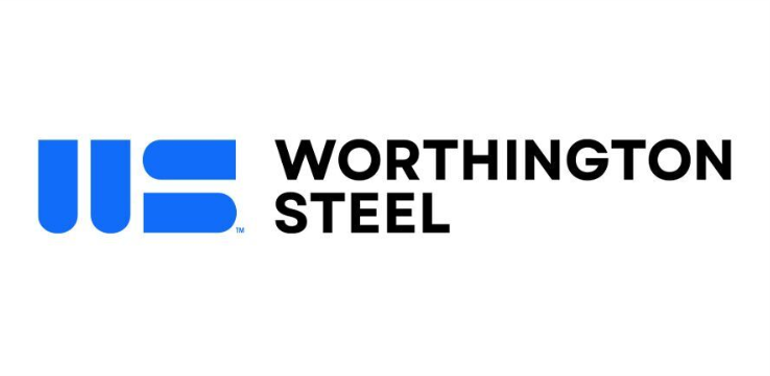Service Centers

Steel Summit 2024: Service centers talk inventories, mill consolidation
Written by Ethan Bernard
September 5, 2024
How are service centers handling inventories in today’s less-than-stellar business conditions, and what are service centers’ views on mill consolidation?
SMU Senior Analyst and Editor David Schollaert sat down with leading service center executives at the SMU Steel Summit 2024 in Atlanta to discuss these issues and more affecting the industry. Participating in the panel were Pam Heglund, CEO of Mill Steel Co.; Geoff Gilmore, president and CEO of Worthington Steel; and Thad Solomon, president and CEO of Steel Technologies.
Inventories
Speaking for a second year in a row, Gilmore pointed out that a lot has changed for his company since the 2023 Steel Summit. Most notably, Worthington Steel became a standalone company, separating from Worthington Industries in December.
He said that while demand has been stable, there has been a lot of uncertainty.
”I think we’ve all felt a bit of slowness in our end markets, which certainly is the cause of maybe a short-term spike in inventory,” he commented.
However, he noted that Worthington’s inventory is in “very good shape at this point.”
One thing the company has done to reduce risk is to embrace analytics, Gilmore said, which helps to spot trends.
He added that Worthington’s business is more than 90% contractual, which aids in managing inventory levels as well.
Solomon joked that the volatility coming out of the Covid-19 pandemic resembled his mood, “or my EKG, perhaps.”
He said Steel Technologies is also a strongly contract-driven, program-driven business.
“We do a lot of work to manage our inventories, keep them under control, and be responsive to our customers,” Solomon remarked.
He said using futures, managing buys, and working efficiently through all operations are just some of the strategies Steel Technologies employs.
Heglund described Mill Steel a little differently.
“We tend to have contract and then when the timing’s right, we do make opportunistic buys, which really help us to manage our inventories and help our customers,” she said.
She also cited giving her team autonomy and monetarily incentivizing them to keep inventories and costs low. “So that’s been a real bright spot for us,” she noted.
Views on mill consolidation
While consolidation within the service center industry is always a topic, the panel also touched on the subject of mill consolidation. This topic is ripped from the headlines, especially with the recent news that the Biden administration could block Nippon Steel’s acquisition of U.S. Steel. (That news occurred after the conference concluded.)
Solomon said mill consolidation has been “very healthy” for the steel industry.
“I think some of those possibilities become fewer and fewer (over time), but, generally speaking, when you pair up strong companies together, good things can happen,” he added.
Heglund agreed. “When you look at Nippon, for example, these are well-financed companies. Having them make some acquisitions into our North American market is a good thing,” she said.
She cited steel as the “backbone of the country,” and said that “ensuring that we have the infrastructure behind those really important steel mills is good for us.”
Gilmore quipped that he had vowed never to talk about the matter again after the previous Steel Summit.
But he said Cliffs’ offer for Stelco was “good for the industry” and noted that Worthington has great relationships with both Japan’s Nippon and U.S. Steel.
For those worried about mill consolidation, Gilmore pointed out there’s still strong competition between all the mills.
“There’s still imports, and there’s still market dynamics and market forces,” he added.
Potential ILA strike
Another timely issue is the possibility of a strike by the International Longshoremen’s Association (ILA) on Oct. 1 if an agreement is not reached with the United States Maritime Alliance (USMX). This could affect 85,000 workers along the Gulf and Atlantic Coasts.
Solomon said there was an obvious concern that it could lead to some turmoil in supply chains.
While Gilmore echoed that concern, he said that he was perhaps overly optimistic.
“Every year, we seem to have some strike or something, and they seem to work themselves out,” he said, with Heglund shrugging off the prospect of a work stoppage as well.

Ethan Bernard
Read more from Ethan BernardLatest in Service Centers

GM names Worthington a 2024 Supplier of the Year
This is the Ohio-based steelmaker’s fourth time winning the award.

Olympic taps Hegler for GM role at Action Stainless
Olympic Steel has named Alex Hegler as general manager for its Action Stainless facility in Rock Hill, S.C.

Olympic opens new Houston facility for Action Stainless unit
Olympic Steel has opened a new facility in Houston to support its Action Stainless business.

Worthington Steel sees demand improvement after earnings slump
Lower volumes and steel prices dampened Worthington Steel’s profits, but market momentum is building, the metals processor said in its most recent quarterly earnings report.

Galvanized buyers see strong demand, but uncertainty lingers
Demand is up, but tariffs raise concerns
